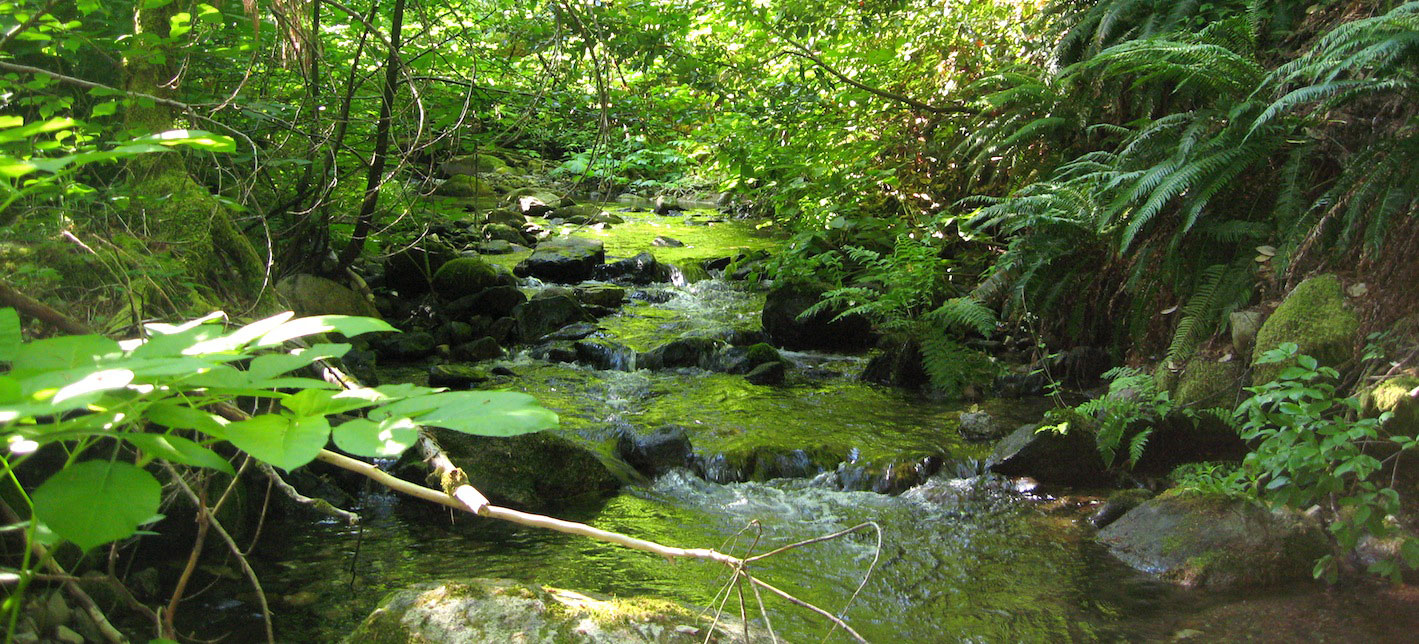Blackwater National Wildlife Refuge
Participants
Gregory B. Pasternack, Heather Millis, J. Gunn
Overview
A study of the geomorphology of landforms in the Blackwater National Wildlife Refuge was carried out from October 1997 to June 1998. Five distinct landforms were identified based on field surveys and the existing literature. These landforms are the "Neck/Swamp" Geomorphic Unit, the "Fluvial Banks" Geomorphic Unit, the "Reworked Remnants" Geomorphic Unit, the "Peat-Forming Marsh" Geomorphic Unit, and the "Tributary Channels" Geomorphic Unit. While the first three of these landforms have the Kent Island Formation as a common basal stratum, different combinations of estuarine, fluvial, and aeolian processes have generated significantly different Late Pleistocene and Holocene depositional histories. A description of each landform was provided in a consultant's report to the U.S. Fish and Wildlife Servce along with an interpretation of the processes responsible for the development of the landforms and the system as a whole.
Publications
- Millis, H., J. Gunn, and G. B. Pasternack. 1998. Archaeological and geomorphological reconnaissance at the Blackwater National Wildlife Refuge, Dorchester County, Maryland. TRC Garrow Associates, Inc, Chapel Hill, NC.
- Pasternack, G. B. 1998. Geomorphology of sites along U.S.113. In: Gunn, J. (Ed.) Phase II archaeological investigations at twelve sites along the U.S. 113 corridor, Worchester County, Maryland. TRC Garrow Associates, Inc, Chapel Hill, NC.


